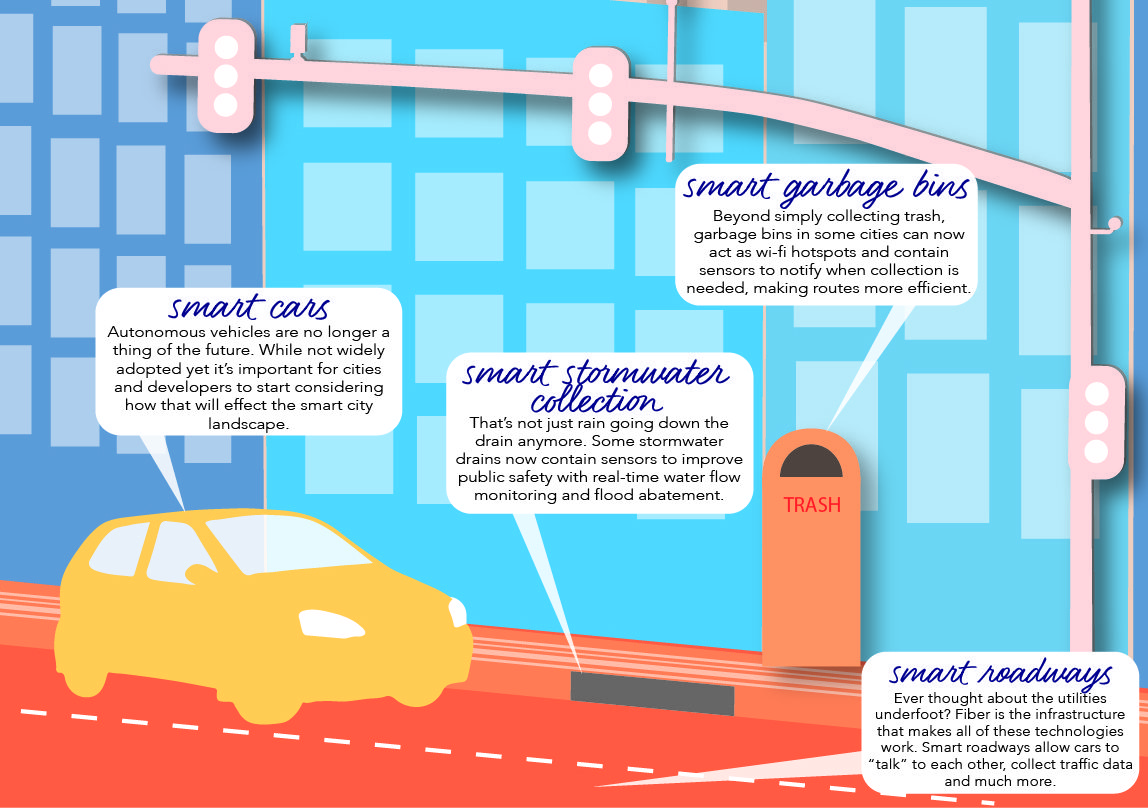Engineering the Amazing

Every day across the Kansas City Metro area there are tens of thousands of people involved in serving both neighbors and strangers; thinking of better ways to build things; more economical ways to meet people’s needs; new tools to do more; faster methods to share information; safer ways to go about our daily routines and more entertaining pastimes to relax with. Some of their activities are more visible, while most of them may not be obvious to most people as to their purpose or significance.
Engineers and other technical professionals do what they do because we need stronger, faster and more economical options for many things. However, engineers also do what they do because we need to reach for safer, more widely available, fulfilling, and even radically transformative solutions to current and future problems. Engineers are problem solvers who have a clear view of the man behind the curtain, they are the ones who develop the technology that dazzles the public in the first place. We appear to be on the tipping point in the use of several amazing types of tech which may again create fundamental shifts in our daily lives.
In transportation we have begun to consider it inevitable that cars will eventually be allowed to drive for us and that we will be safer for it. This is possible now that engineers have figured out how the sensors, processing, and algorithms can deal with all of the variables that are involved in operating a vehicle at highway speeds. By getting vehicles to also communicate with each other and constantly share information on direction, speed, and other data, we can make it easier to resolve the unexpected without crashes and injuries. Connected traffic signals, integrating real-time analytics, monitoring and dynamic programming will allow for a more efficient direction of traffic and provide warning to drivers in advance so that surprise does not lead to poor choices.
The engineering industry is partnering with academic institutions to create centers of study and research laboratories that will investigate specific strategies and technologies that make it practical to connect vehicles, homes, and people across Kansas City and across the world. Kansas State University has become one of the latest to create a dedicated lab that will combine the efforts of their Department of Civil Engineering with Computer Science and Electrical Engineering departments to work on new and amazing ways to leverage current and future technology to improve communication between vehicles and from vehicles to the adjacent public infrastructure. Their new BHC RHODES Smart Cities Lab will also investigate electrical grid changes to improve reliability as more vehicles rely on the grid as the primary source of energy. Engineering students will have the opportunity to advance the state of the art and innovate in their respective fields of study.
Labs like K-State’s are moving forward with new ways to interconnect our vehicles, personal devices, appliances, and infrastructure with our more traditional online activities. The Internet of Things (IoT) has already reached the point where you can choose to use your phone, or simply your voice, to operate your home or start your car from anywhere that has access to the Internet. Locks; lights; refrigerators; televisions; cameras; door bells; exercise equipment and electric meters can all be accessed and monitored. As the IoT matures and is combined with new virtual assistants equipped with rudimentary AI, our vehicles, homes and businesses can monitor their own systems, identify when it’s time to refuel or restock groceries or order new parts used to manufacture widgets, adjust their environmental systems as the number of people inside changes and be on the look out for intruders when no one is there. This technology will allow seniors to remain independent longer as they can retain their personal mobility, their health can be monitored as needed, and their minds can be engaged by their automated “companion” AI assistant throughout the day.
To many people the engineering profession appears either uninteresting or too technically demanding to understand. In reality, engineers have the opportunity to spend each day developing cures to our common problems. We are challenged to find solutions that are both possible and practical, affordable and effective. We are blessed to have the chance to both tweak the little improvements that often go unnoticed and invent the amazing technologies that dramatically change our lives.
